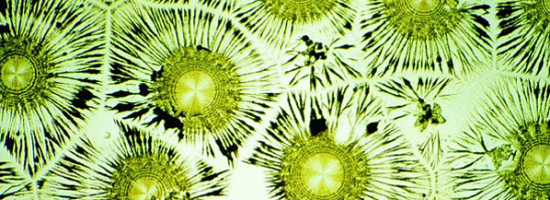Treating High Ammonia

Ammonia is a by-product of protein digestion. Factors that increase ammonia production include a high protein diet, especially meat. Constipation is a critical factor as the longer fecal material dwells the more ammonia is produced. Having the proper flora and enzymes in the gut are critical as well.
The treatment most often used is Lactulose. Lactulose does effectively lower ammonia levels in many patients. Lactulose is a synthetic non-digestible sugar that speeds transit time in the gut. It does this by increasing the water content and volume of the stools. This softens the stool making it much easier to pass. Side effects tend to be diarrhea, nausea, and gas. Patients also complain about the “sickening sweet taste”. We’ve never seen an allergic reactions to it in any of our clients. The worst the we have witnessed is loss of control of the bowels leading to an embarrassing accident.
Our first line treatment is L-Ornithine L-Aspartate or LOLA. The two primary metabolic processes that the liver, and lesser extent the kidney, employ to clear ammonia are the urea cycle and glutamine synthesis. The urea cycle, which is also called the ornithine cycle makes urea out of ammonia. Ornithine carries nitrogen and carbon atoms in this process.
Other important compounds in the urea cycle are L-Citruline, L-Arginine, Aspartate, and NADH. Taking any of these compounds can also upregulate ammonia detoxification, if their levels are deficient. We at Alchemist Lab, have tried a number of ornithine compounds, but have found that ornithine aspartate the only product effective for ammonia reduction.
In glutamine synthesis, ornithine is converted to A-Ketoglutarate and serves as a carbon source for this metabolic pathway. LOLA also improves glutamine synthesis is both skeletal muscles and in the brain. Unfortunately when the skeletal muscles detoxify ammonia it leads to a wasting process. This process is not fully understood at this point, though we at Alchemist Lab give LOLA, as well as L-Arginine, and Orotates for patients in this condition. When Hepatitis patients come in with large bellies from ascites and stick thin arms and legs, they have end stage liver failure.
Diet plays a critical role in glutamine synthesis, as an acid environment inhibits it. This is another important reason to eat more vegetables and less meat and grains with advanced liver disease. Glutamine synthesis works better in neutral or alkaline environments. B-6 is an important nutrient in GS as well.
LOLA is getting increased attention in medical studies from around the world, with positive results. The website PubMed is run (very effectively) jointly by the NIH and the National Library. It catalogues medical research from around the world. PubMed is also a free service. For L-Ornithine L-Aspartate it has 81 entries:
http://www.ncbi.nlm.nih.gov/
